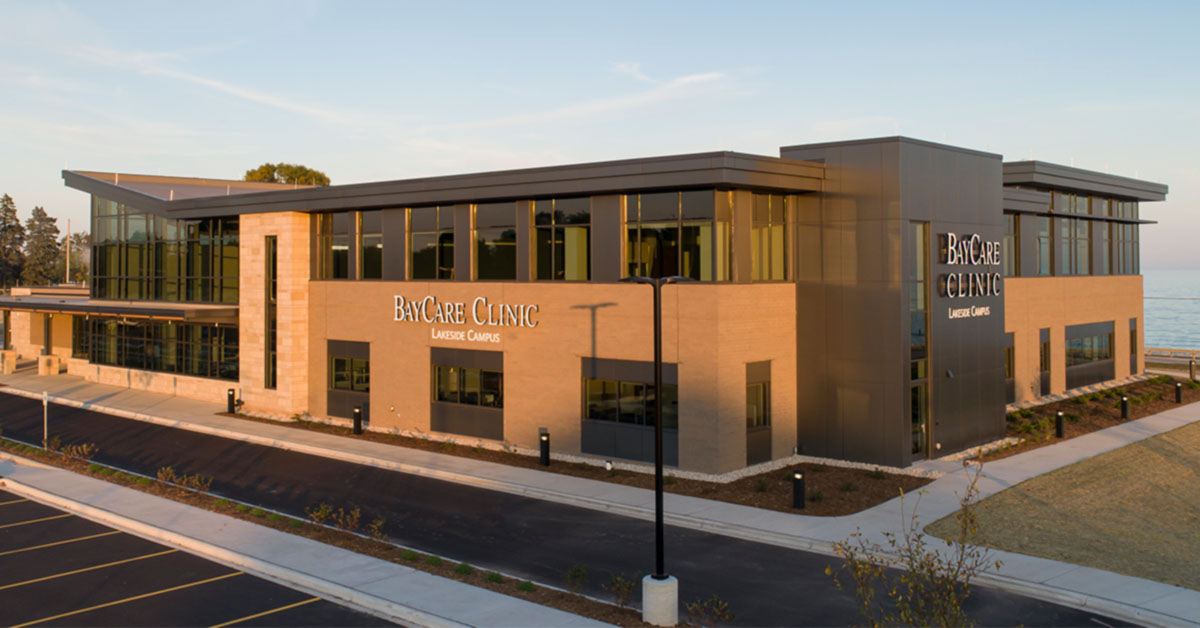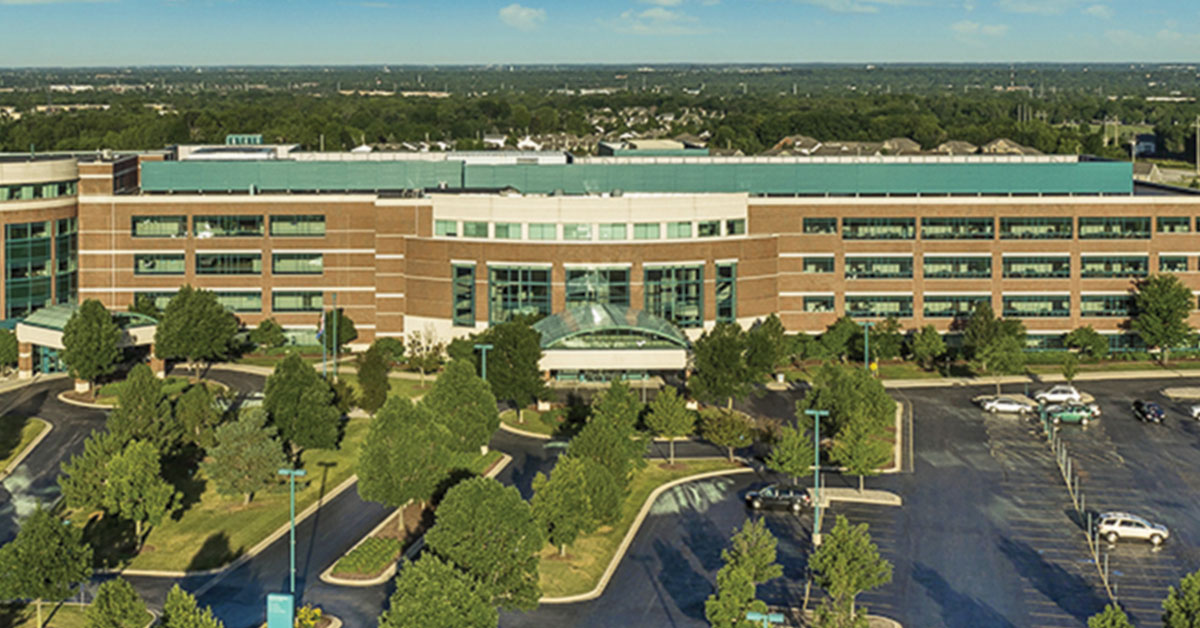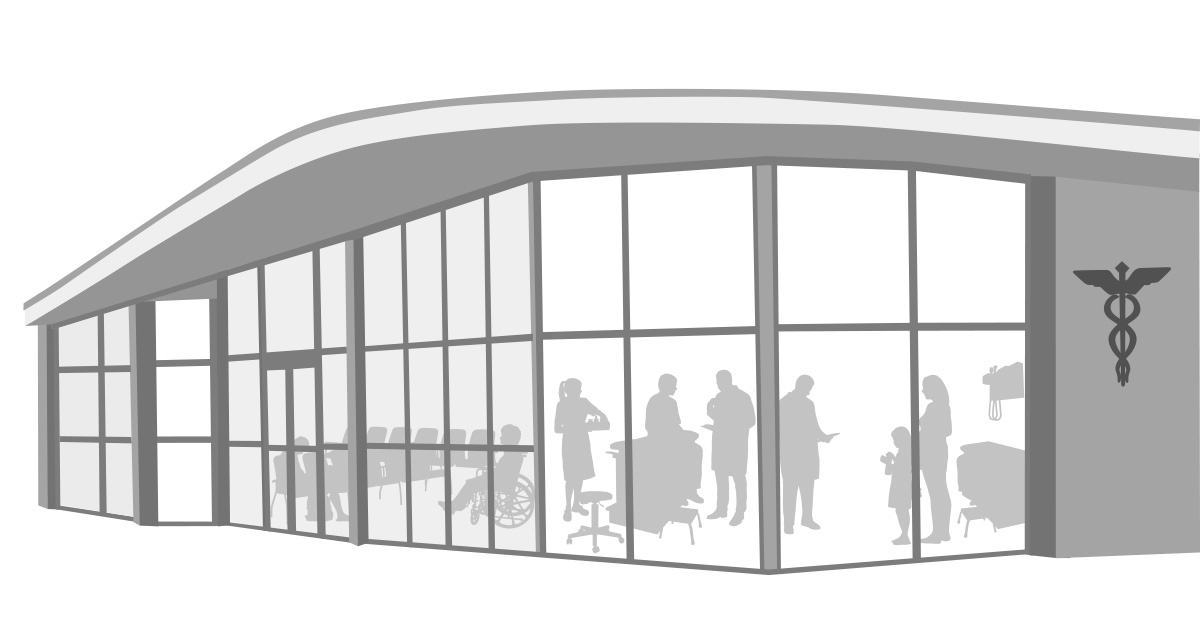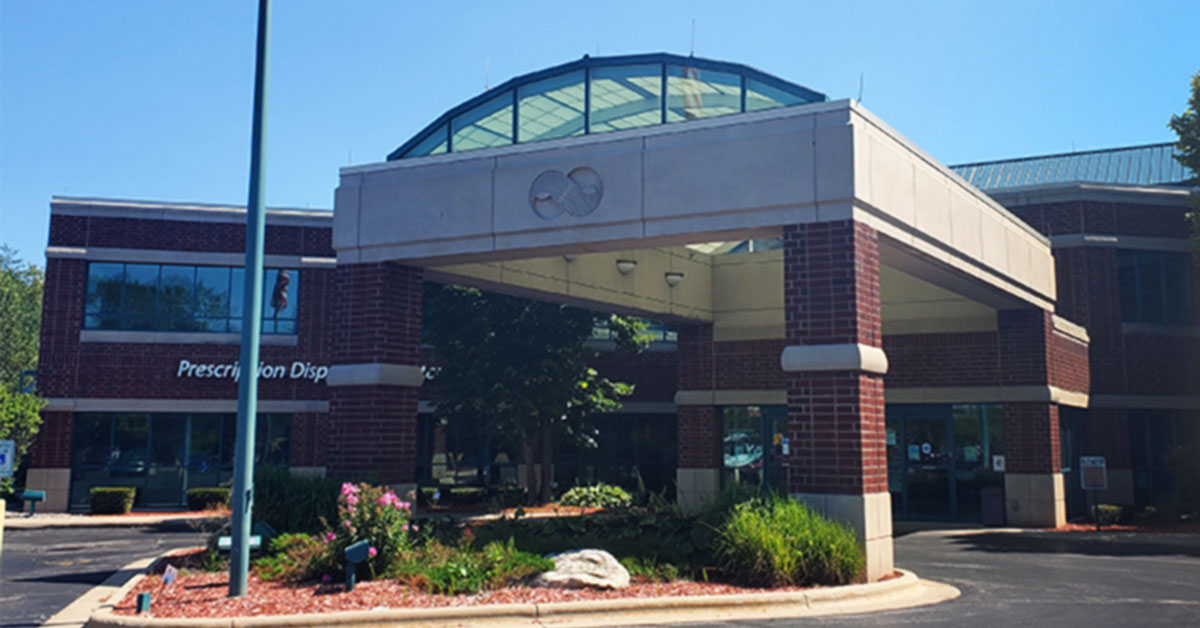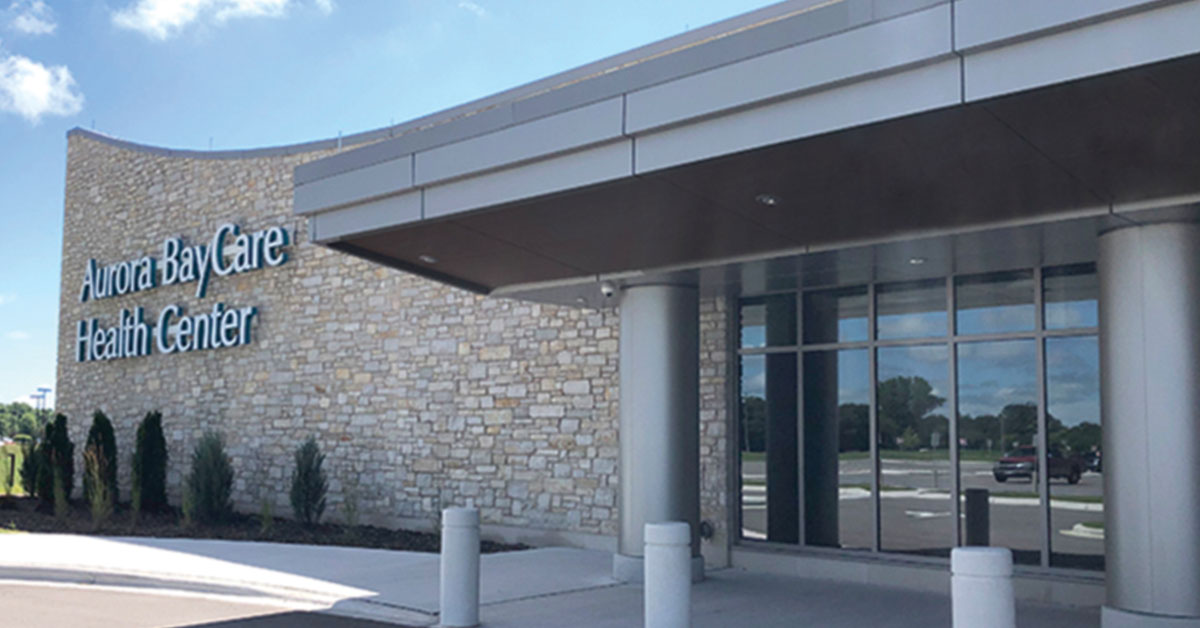Conditions We Treat
Neurological Surgery
Our neurosurgeons provide complete care for conditions of the brain, spine and nerves
These conditions include but are not limited to back and neck injuries, brain tumor, brain aneurysm, herniated disk, traumatic brain injury, spinal cord injury and peripheral nerve conditions.
How are back and neck injuries treated?
Back injuries can include herniated disks, spinal stenosis, spinal instability, spinal injuries and spinal fractures.
Neck injuries can include ruptured disks, spinal stenosis, spinal fractures and spinal injuries.
Treatment for back and neck injuries depends on the type and cause of injury.
A first visit consists of a physical exam and a review of symptoms. Tests may be ordered if the person’s symptoms or medical history suggest a tumor, infection, fracture or serious nerve disorder. Such tests may include X-rays, a CT scan, an MRI or blood tests.
Sciatica – pain, weakness, numbness or tingling in a leg on one side of the body caused by pressure on or damage to the sciatic nerve – is a symptom of a back condition usually requiring treatment. It is most often a symptom of a herniated disk that is pressing on a nerve root. It also can be a symptom of spinal stenosis, piriformis syndrome, a pelvic injury or fracture, or tumors. Sciatica is not by itself a medical condition.
Sacroiliac joint pain or SI Joint pain – this type of back pain typically affects one side of the body. SI joint pain is a sharp or stabbing pain near the hip, pelvis, low back or thighs. It can cause numbness, tingling or weakness in the leg. It also can cause pain when sitting for long periods of time or when moving from sitting to standing.
How is a brain tumor treated?
A brain tumor is a growth of abnormal cells in brain tissue. Brain tumors can occur in people of any age. However, the types of brain tumors and treatment for them are different for adults and children.
A benign brain tumor has no cancer cells. A benign tumor rarely spreads into other tissue, but it may come back after treatment.
A malignant brain tumor has cancer cells that grow quickly. A malignant tumor is likely to grow quickly and spread into other brain tissue.
Primary brain tumors begin in the brain. Metastatic brain tumors begin elsewhere in the body and move to the brain. Both kinds of tumors require treatment.
Brain tumors are diagnosed by doing a neurological examination. Tests may include an MRI, a CT scan and a biopsy.
Treatment options for brain tumors may include watchful waiting, radiation therapy, chemotherapy or targeted therapy, in which substances attack cancer cells without harming normal cells. Many people with brain tumors get a combination of treatments.
How is a brain aneurysm treated?
A brain aneurysm is a weak, bulging spot in a blood vessel in the brain. They can grow undetected for years. But the arterial walls around an aneurysm can become so thin and weak that they rupture, allowing blood to flow into the open spaces around the brain. A ruptured aneurysm is a medical emergency.
A brain aneurysm is treated with surgical procedures or endovascular procedures. The latter is a minimally invasive technique using small catheters placed through an artery in the groin or the wrist.
How is a herniated disk treated?
A disk is cartilage fiber filled with a gel-like substance that cushions the 26 vertebrae, or bones, in the spine. When disks break down or degenerate, they no longer provide cushioning. This often is caused by normal wear and tear as people age.
A herniated disk occurs when a disk ruptures. The gel-like center of the disk leaks, irritating spinal nerves and causing lower back pain. A herniated disk also can cause sciatica, or lumbar radiculopathy, which is pressure on the spinal nerves that causes pain radiating down a leg to the foot.
A herniated disk also is known as bulging disk, compressed disk, prolapsed disk, ruptured disk, slipped disk, herniated intervertebral disk or herniated nucleus pulposis.
Herniated disks are diagnosed via a physical exam, or by imaging tests if necessary. Treatment for a herniated disk can include rest, pain and anti-inflammatory medication, physical therapy or surgery.
How is a traumatic brain injury treated?
A traumatic brain injury, or neurotrauma, involves injury to the central nervous system. It may be caused by a fall; a car, motorcycle or bicycle crash; a workplace or recreational accident; or by assault. Such an injury can lead to lifelong disability or death.
Urgent medical attention may minimize the effects of a traumatic brain injury. Such treatment focuses on stabilizing the patient and ensuring the body and brain are receiving an adequate flow of blood and oxygen. X-rays or other scans may be ordered to see whether the patient has any fractures or internal swelling. If the brain injury is severe, surgery may be needed to treat bruised or bleeding areas in the brain. Later stages of treatment focus on limiting secondary complications and maximizing mobility and function.
Rehabilitation for a traumatic brain injury is available as part of Aurora BayCare Medical Center's extensive trauma care program.
How is a spinal cord injury treated?
A spinal cord injury occurs when the spinal cord or surrounding blood vessels are damaged. Such an injury can lead to disability – permanent or temporary paralysis below the area of a spinal fracture or injury – or death.
Urgent medical attention may minimize the effects of a spinal cord injury. Later stages of treatment focus on limiting secondary complications and maximizing mobility and function.
Rehabilitation for a spinal cord injury is available as part of Aurora BayCare Medical Center's extensive trauma care program.
How are peripheral nerve conditions treated?
Peripheral nerve conditions can be uncomfortable, painful and disabling. Peripheral nerves are cord-like structures containing bundles of nerve fibers that carry information between various regions of the body and the spinal cord.
Many peripheral nerve conditions require surgery to maximize function and minimize pain. The most common peripheral nerve conditions that can be treated with surgery include carpal tunnel disease, ulnar nerve compression and peroneal nerve entrapment. Some peripheral nerve conditions can be treated with medication.
Although peripheral nerves can regenerate or repair themselves with medical assistance, the healing process can take a long time. People who have complex peripheral nerve surgery may not see signs of recovery for a year or longer.
How do I get an appointment with a neurological surgeon?
People seeing BayCare Clinic neurosurgeons for the first time must have a referral. Your primary care physician or medical provider will send that referral to our office. Our staff will contact you to schedule your first appointment.
